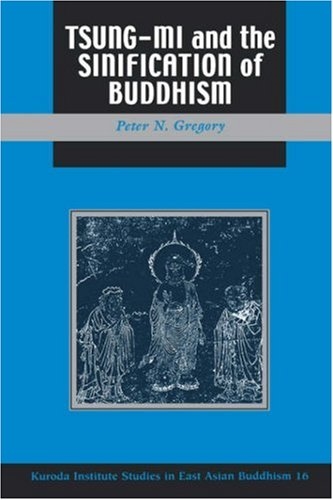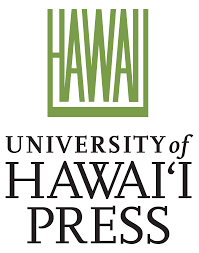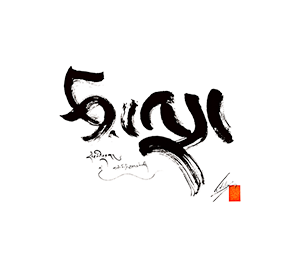- Acknowledgmentsxi
- Abbreviationsxiii
- CHAPTER ONE
- Introduction3
- CHAPTER TWO
- A Biography of Tsung-mi27
- Classical Background (780–804)28
- Ch'an Training and the Scripture of Perfect Enlightenment (804–810)33
- Ch'eng-kuan and Hua-yen (810–816)58
- Early Scholarship (816–828)68
- Literati Connections (828–835)73
- The Sweet Dew Incident (835)85
- Later Years and Death (835–841)88
- CHAPTER THREE
- Doctrinal Classification93
- The Hermeneutical Problem in Buddhism93
- The Chinese Context104
- CHAPTER FOUR
- Doctrinal Classification in the Hua-yen Tradition115
- Chih-yen's Classification Schemes117
- Fa-tsang's Classification Scheme127
- Tsung-mi's Classification Scheme134
- CHAPTER FIVE
- The Sudden Teaching136
- The Sudden Teaching According to Fa-tsang137
- The Problematical Nature of the Sudden Teaching142
- The Sudden Teaching and Ch'an144
- The Sudden Teaching in Tsung-mi's Thought146
- CHAPTER SIX
- The Perfect Teaching154
- The Samādhi of Oceanic Reflection154
- Two Paradigms157
- The Shift from Shih-shih wu-ai to Li-shih wu-ai162
- The Teaching that Reveals the Nature165
- The Scripture of Perfect Enlightenment167
- CHAPTER SEVEN
- A Cosmogonic Map for Buddhist Practice173
- The Five Stages of Phenomenal Evolution173
- Nature Origination and Conditioned Origination187
- Sudden Enlightenment Followed by Gradual Cultivation192
- Tsung-mi's Ten-Stage Model196
- CHAPTER EIGHT
- The Role of Emptiness206
- A Cosmogony-Derived P'an-chiao206
- Tsung-mi's Theory of Religious Language209
- The Meaning of Awareness216
- The Tathāgatagarbha Critique of Emptiness218
- CHAPTER NINE
- Tsung-mi's Critique of Ch'an224
- Ch'an and the Teachings224
- Critique of the Different Types of Ch'an230
- Historical Context244
- CHAPTER TEN
- Confucianism and Taoism in Tsung-mi's Thought255
- Tsung-mi's Extension of P'an-chiao to the Two Teachings256
- Tsung-mi's Critique of Confucianism and Taoism261
- The Teaching of Men and Gods279
- Tsung-mi's Synthesis of Confucianism and Taoism285
- Tsung-mi's Intellectual Personality293
- CHAPTER ELEVEN
- Tsung-mi and Neo-Confucianism295
- Chu Hsi's Critique of the Buddhist Understanding of Nature297
- A Common Problematic304
- The Problem of Predication306
- The Structural Parallels309
- APPENDIX I
- A Note on Biographical Sources313
- APPENDIX II
- A Note on Tsung-mi 's Writings315
- Glossary327
- Bibliography335
- Index355


